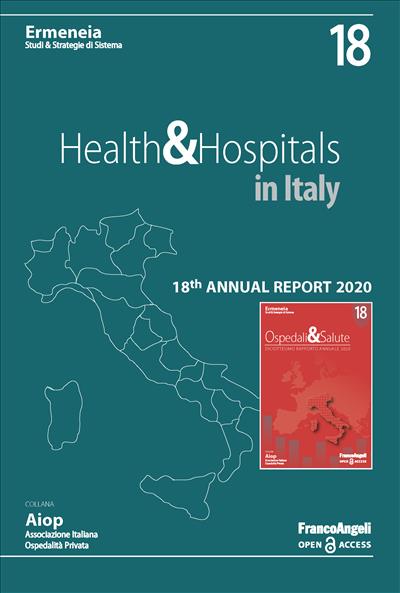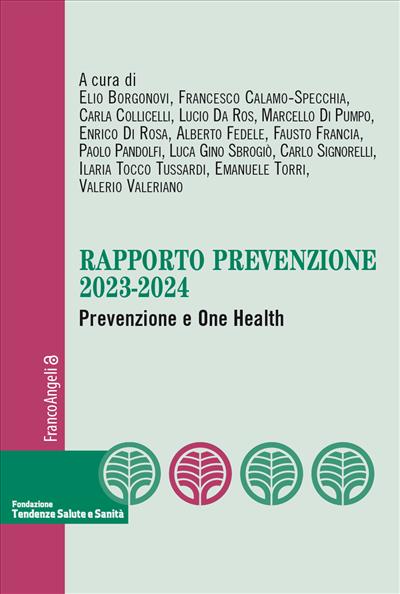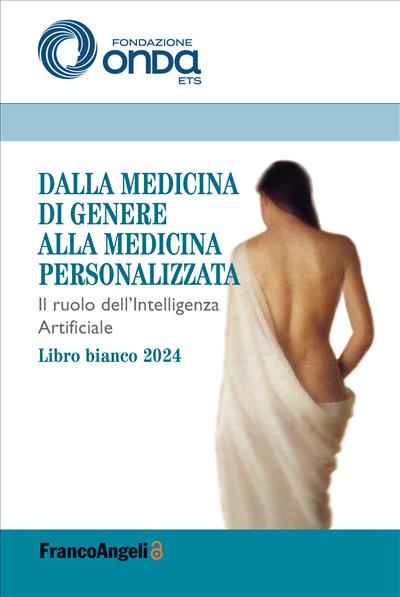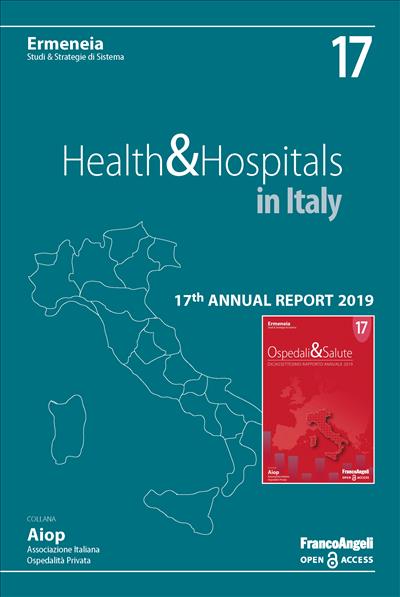
Health & Hospitals in Italy
18th Annual Report 2020
This is the 18th edition of the Health&Hospitals Report, which has, each year since the very beginning, sought to take stock of and review the performance of Italian hospitals, comprised of a public component and a private (accredited) component that coexist in a mixed system. The Health&Hospitals/2020 Report has had to contend with a very special year, one in which it encountered both the normal evolution of the system and the special developments that arose from the impact of the, still ongoing, pandemic. Thus the joint effort made by the public facilities and the accredited private facilities to meet the needs of Covid patients during the first phase of the Corona virus from February to September has been reported on: this is an initial study given that an overall assessment for 2020 will only be possible during the course of 2021, when the necessary data and information become fully available. Parallel to this the equally issue of inpatient non-Covid patients was addressed by a field survey on the Italian population, for whom expected hospital and non-hospital services have been postponed, beginning already back in 2019 and being augmented by those appearing at the start of 2020.
Open Access
0.00
Open Access
0.00
Pages: 222
ISBN: 9788835132127
Edizione:1a edizione 2021
Publisher code: 10035.12




